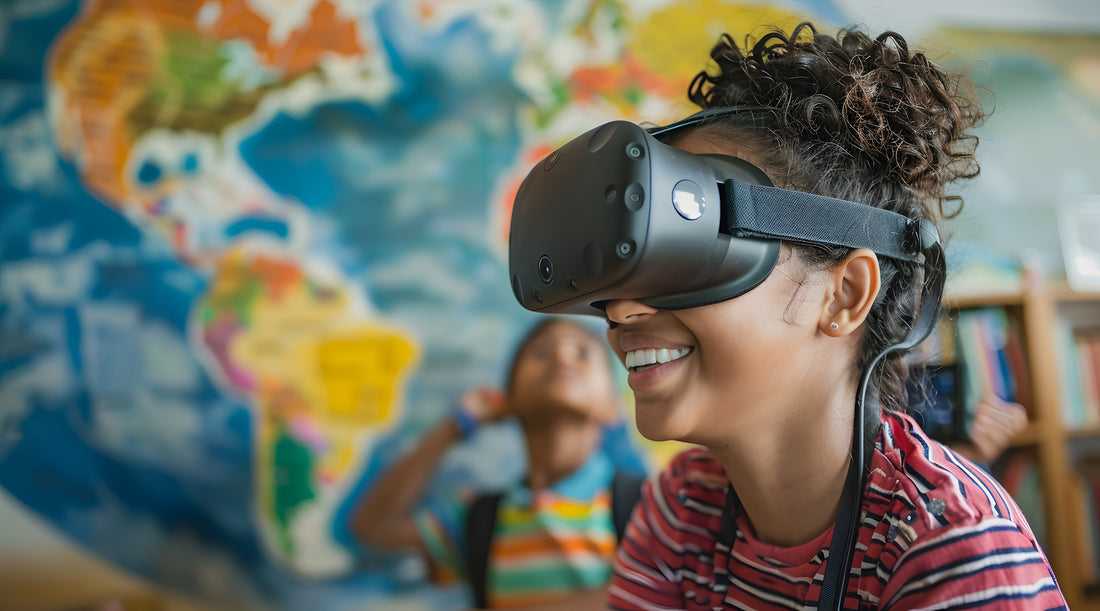
Explore Earth's Wonders: VR Geography Adventures
Share
Virtual reality (VR) is changing how we learn about geography. It brings far-away places and natural events right into the classroom. This technology turns ideas that might seem boring into exciting experiences. Students can see volcanoes, glaciers, and other cool parts of Earth up close. Let's look at how VR is making geography lessons more fun and helping students learn better.
Key Takeaways
- VR provides immersive, hands-on learning experiences in geography
- Students can explore volcanoes and glaciers safely through VR
- VR helps students understand complex geographical concepts
- Augmented Reality (AR) complements VR for interactive learning
- VR and AR prepare students for future technology use
VR: The New Frontier in Geography Class
Imagine standing at the edge of a bubbling volcano or walking through an icy glacier cave - all without leaving your classroom. That's what VR can do for geography lessons. It's not just cool; it helps kids really get what they're learning about.
VR makes geography more than just words in a book. It lets students see and almost touch the things they're studying. This hands-on approach helps them remember better and gets them excited about learning. The immersive nature of VR creates a sense of presence, allowing students to feel as if they're actually in the environment they're studying.
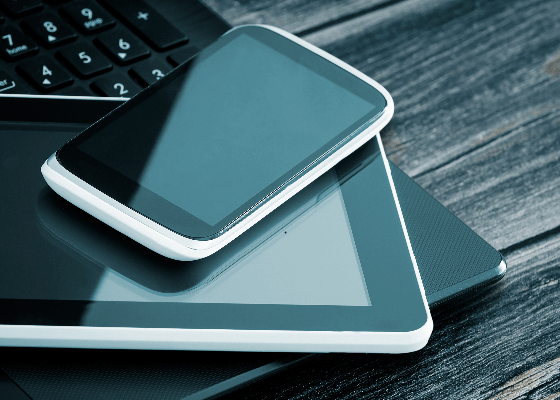
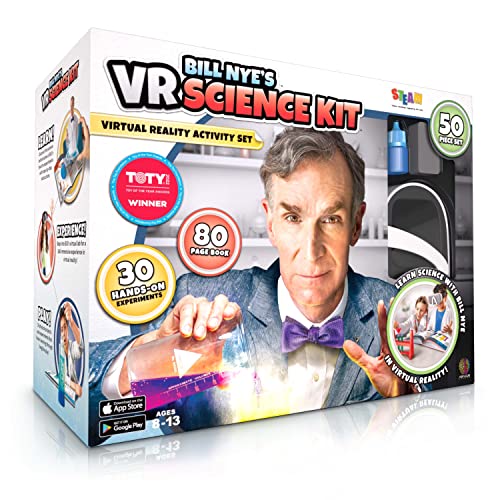
Here's why VR is so great for geography class:
Benefits of VR in Geography Education
- Makes learning more fun and interesting
- Lets students explore places they can't visit in real life
- Helps students understand complex ideas better
- Works well with regular teaching methods
- Prepares kids for using technology in the future
Volcanoes: Feel the Heat with VR
VR turns studying volcanoes from boring to awesome. With VR, students can get up close to a volcano without any danger. They can see how lava flows, watch eruptions, and learn about different types of volcanoes. This immersive experience allows students to observe volcanic processes that would be impossible or extremely dangerous to witness in real life.
For example, kids might use a VR app to explore Mount Vesuvius. They can see what happened when it erupted and buried Pompeii. This makes history and geography come together in a way that's easy to understand and remember. Students can witness the devastation caused by the eruption and gain a deeper appreciation for the power of natural forces.
Check out our STEM and STEAM collection for more exciting learning tools!Glaciers: Icy Adventures in VR
Glaciers are huge rivers of ice that shape our planet. With VR, students can walk on a glacier, see how it moves, and understand why they're important. They can even travel back in time to see how glaciers carved out valleys and lakes. This virtual time travel aspect helps students grasp the long-term impact of glacial movement on landscape formation.
VR can show how climate change is affecting glaciers. Students might watch a glacier melt over time or see how animals that live on ice are affected. This makes big, global issues feel more real and important to kids. By visualizing these changes, students can better understand the urgency of environmental conservation efforts.
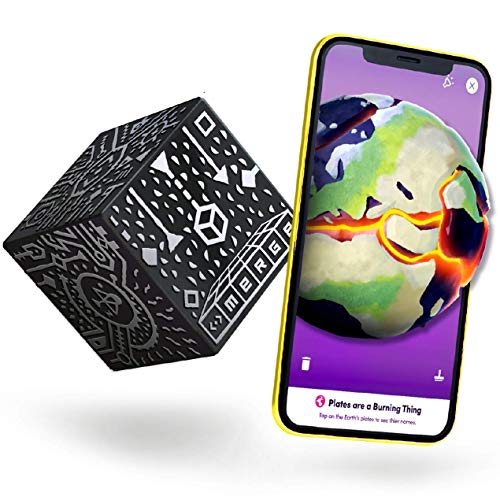
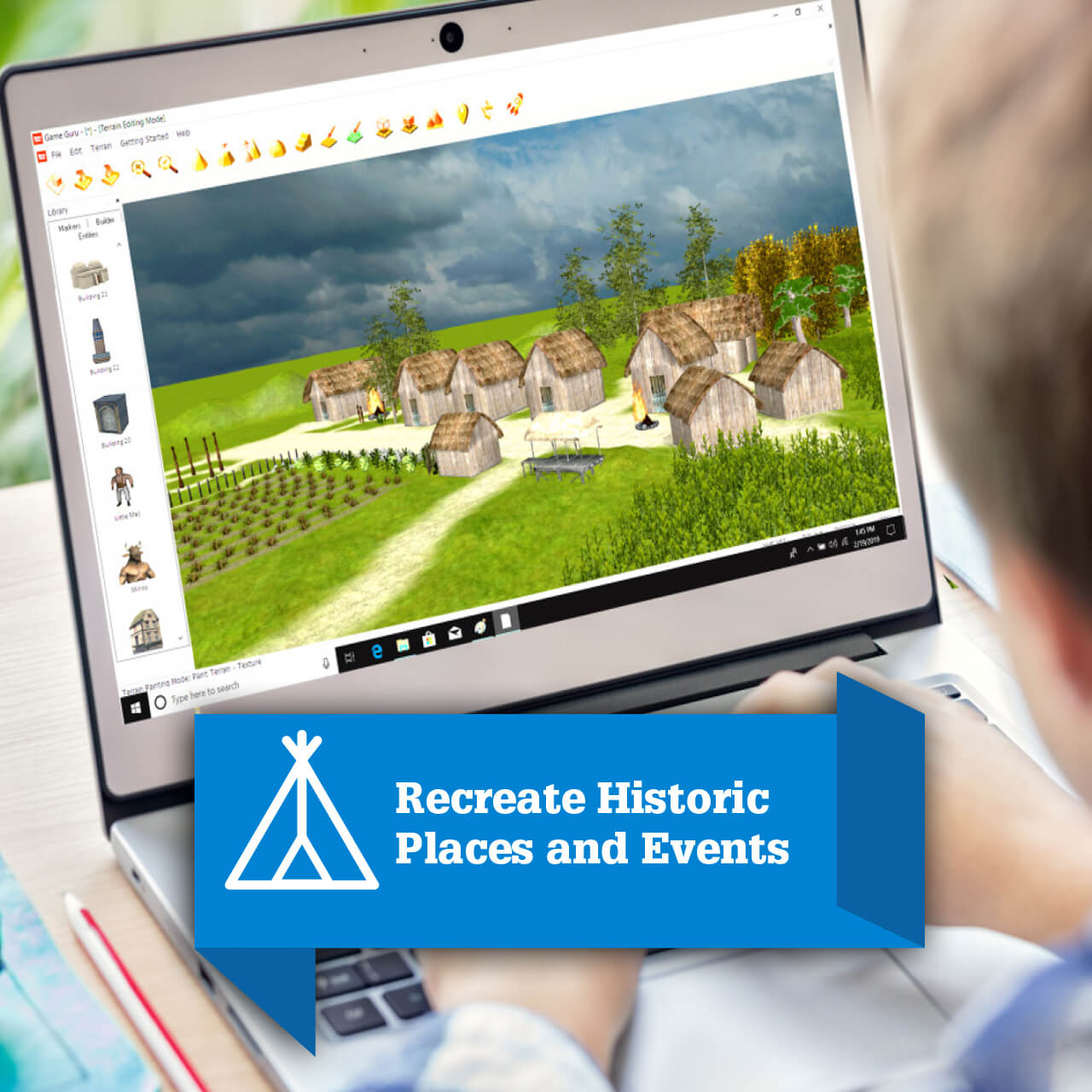
Making VR Work in Geography Class
Teachers can use VR to make their lessons more exciting. They might start a class with a VR "field trip" to a volcano, then talk about what students saw and learned. Or they could use VR to show how glaciers change over time, then have students write about it. This blended approach combines the immersive power of VR with traditional learning methods, reinforcing key concepts through multiple channels.
VR doesn't replace regular teaching - it makes it better. Teachers can mix VR experiences with books, maps, and discussions to help students learn in different ways. This multi-modal approach caters to various learning styles, ensuring that all students can benefit from the enhanced learning experience.
Learn more about using VR in the classroom with Google CardboardHands-On Learning with VR and AR
VR isn't the only cool tech for geography class. Augmented Reality (AR) is also great for learning. With AR, students can do things like build their own volcanoes or create glacier models that come to life through a tablet or phone. AR provides an interactive layer of digital information on top of the real world, bridging the gap between virtual and physical learning environments.
These tools let kids experiment and learn by doing. They might use an AR app to see how changing the temperature affects a glacier, or how different types of lava create different volcano shapes. This hands-on approach encourages active learning and problem-solving skills, essential for deeper understanding of geographical concepts.
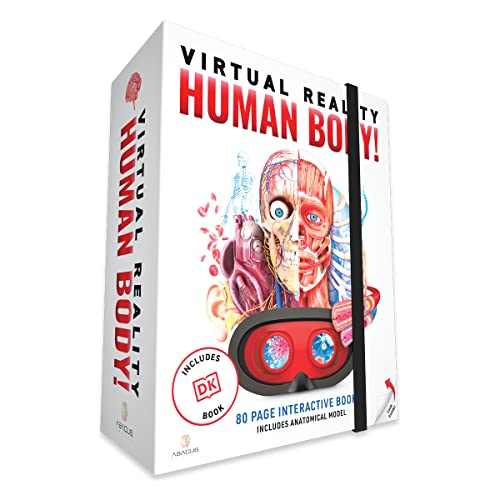
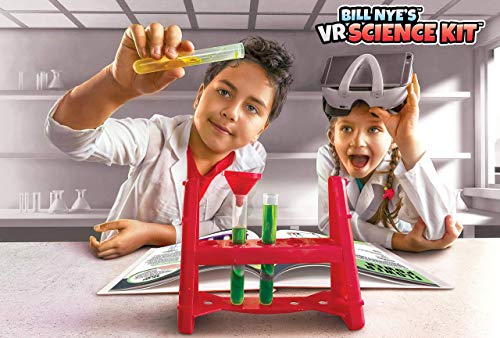
Why VR Makes Geography More Fun
VR helps students get excited about geography. When they can see and almost touch what they're learning about, it sticks in their minds better. VR works for all kinds of learners - kids who like to see things, kids who like to do things, and kids who like to listen. This multi-sensory approach ensures that the learning experience is inclusive and effective for diverse student populations.
With VR, a boring lesson about rock types can turn into an adventure inside a volcano. A class on climate change becomes a journey through time, watching glaciers grow and shrink. This kind of learning makes kids want to know more, fostering curiosity and a genuine interest in geographical topics that might otherwise seem dry or abstract.
Explore our Virtual Reality collection for more educational VR toolsChallenges and Solutions for VR in Schools
Using VR in class can be tricky. Schools need the right equipment, and teachers need to know how to use it. But there are ways to make it work:
Cost of VR headsets
Use affordable options like Google Cardboard
Teacher training
Offer workshops and online resources
Limited content
Use VR creation tools to make custom lessons
Technical issues
Have a tech support plan in place
Schools can start small with just a few VR headsets and grow their program over time. There are also many free VR apps and resources that teachers can use to get started. Gradual implementation allows schools to test the technology's effectiveness and adapt their teaching strategies accordingly.
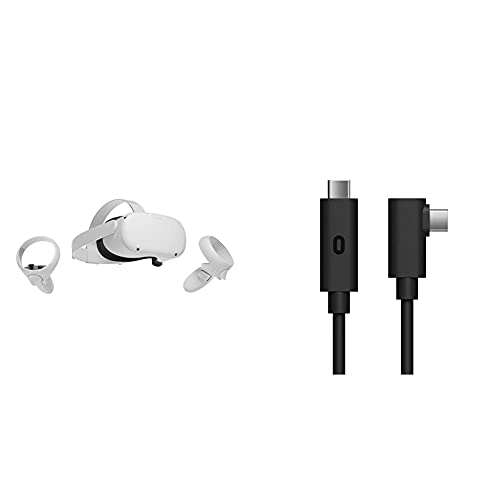

The Future of VR in Geography Class
VR in geography is just getting started. In the future, we might see:
- VR field trips to other planets, allowing students to explore extraterrestrial geography
- Students creating their own VR geography lessons, fostering creativity and deeper understanding
- VR games that teach about climate and ecosystems, making complex environmental concepts more engaging
- Virtual labs where students can change Earth's features and see what happens, promoting critical thinking about geographical processes
These tools will help prepare students for a world where technology is everywhere. They'll learn not just about geography, but also how to use high-tech tools to solve problems and understand the world. This integration of technology and geography education equips students with valuable skills for future careers in various fields.
Discover 15 VR apps for educationWrapping Up: VR Makes Geography Come Alive
VR is changing how we teach and learn about our world. It turns geography from a subject in a book to an adventure students can see and feel. From exploring volcanoes to walking through glaciers, VR makes learning about Earth exciting and memorable. This immersive approach not only enhances retention of information but also inspires a sense of wonder about our planet.
For teachers, VR is a powerful tool to get students interested in geography. It helps kids understand complex ideas and see why what they're learning matters. As VR technology gets better and cheaper, more schools will be able to use it, making these cool learning experiences available to more students.
The future of geography education looks bright with VR. It's not just about learning facts - it's about experiencing our amazing planet in new ways. So, are you ready to take your class on a virtual adventure? With VR, there are so many exciting things to explore and discover!
Remember, the world is full of wonders - and with VR, they're all just a headset away! As we keep using this technology in our classrooms, we're not just teaching geography; we're inspiring the next generation of explorers, scientists, and global citizens.
